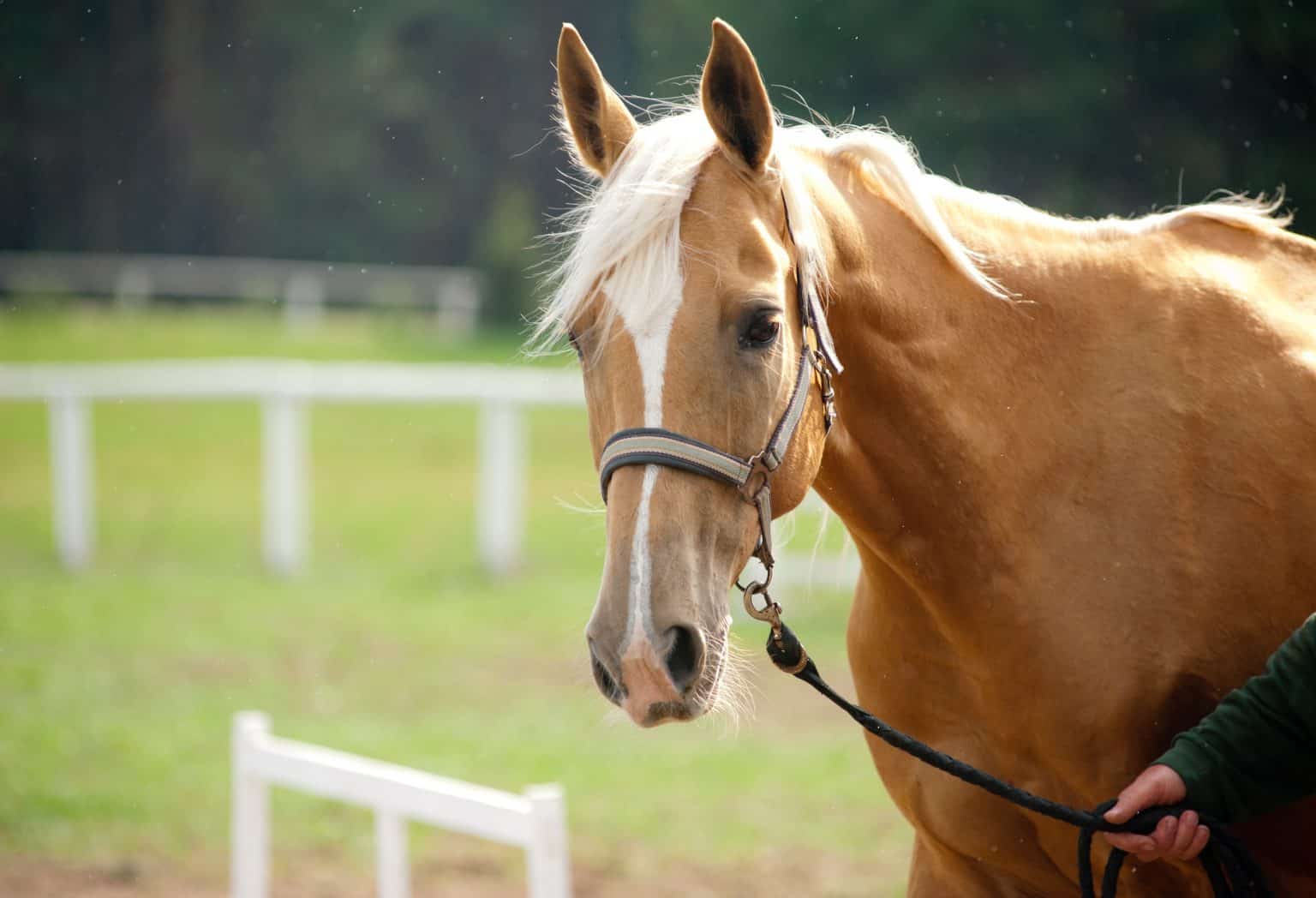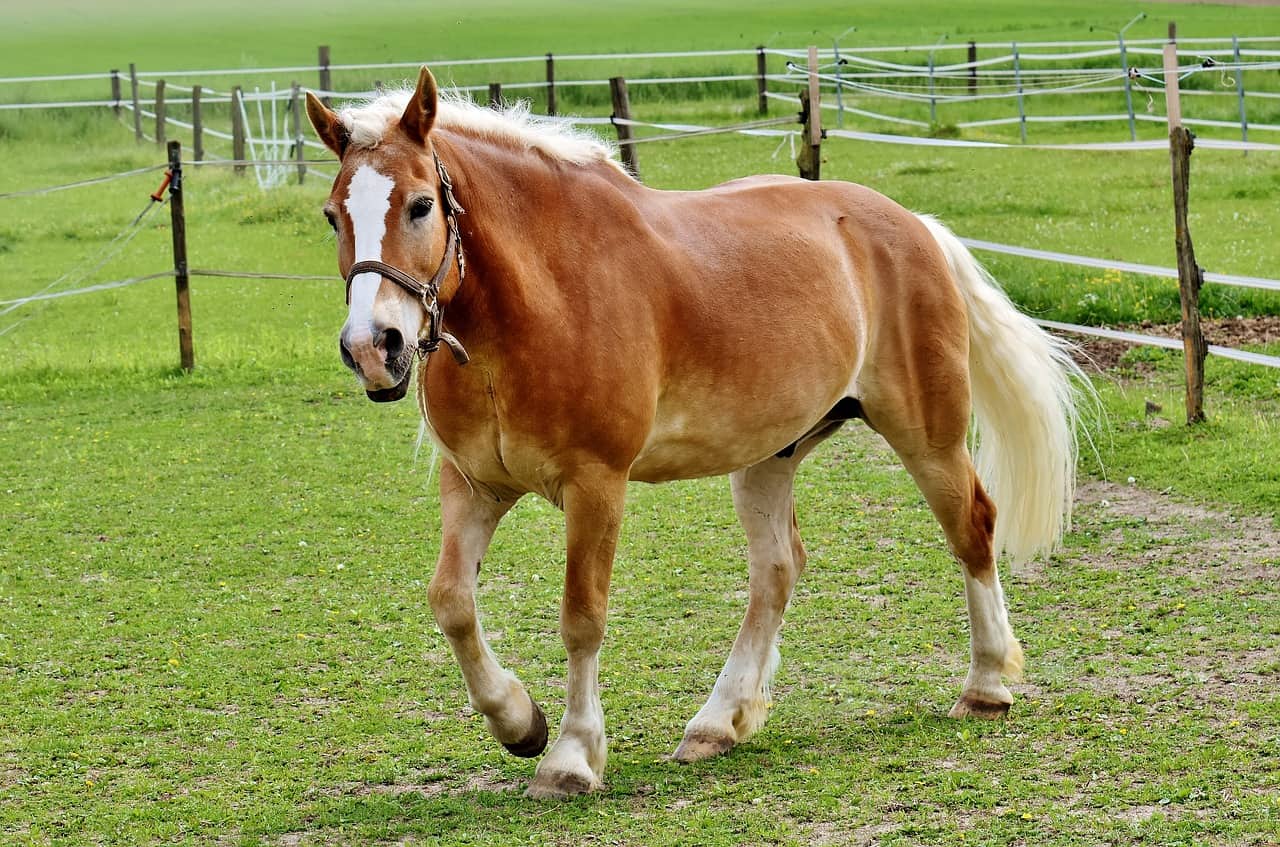There is not a single person who doesn’t like Palomino horses due to their gorgeous good looks. They’ve been around for a long time and have been admired for their excellent coloring ever since. Palominos can be found all over the world, and it’s not uncommon to see them winning decorations at local horse shows or running loose along with their herd. These noble horses have a white mane and tail, with eyes that are usually hazel, black, or brown. Concluding if a horse fits as a Palomino often involves estimating these key physical features. There can solely be a 15% contrast in the gold/tan coloring for the horse for it to be qualified. But that’s just the beginning. Below we have decided to show you some interesting facts about this horse that you probably didn’t know.

1. A Palomino is not a horse breed
A Palomino is defined by its colorization. Almost all horse breeds can produce a Palomino. They can even be listed to that breed’s registry with their colorization. To be listed as a Palomino, however, they can only have white coloring on their face or under the knee.

2. Palominos have a special personality
The Palomino is a horse that is amazingly curious and very intelligent. They are known for being very calm, easy to train and many of them can be trained to do tricks. They react to the emotion that they receive from humans. This means that you take care of a Palomino horse and give them all your love, then they will offer you everything in return. If a Palomino doesn’t feel uncomfortable and thinks you are hurting him, then he will most likely attempt to bite.

3. Half of all Palomino Horses are Quarter Horses
As we mentioned in the beginning, many breeds of horses can produce a Palomino, but Quarter horses make up about 50% of all those that are registered. Other popular breeds that have Palomino coloring include American Saddle Horses, Arabians, Thoroughbreds, Standardbreds, and Tennessee Walking Horses.

4. The Palomino horse is recognized to be a multi-purpose horse
The Palomino is a horse with a lot of energy, but it also has strength and durability. You will notice find them working in many disciplines such as ranching, rodeo events or even racing. Many years ago, there are legends of soldiers during the Crusades reaching the Palomino horse to give them power on the battlefront. This is why many people believe that a Palomino horse does an exceptional job in dressage duties.

5. Some horses may look like Palominos but they aren’t really one
You will hear some people refer to horses as “Chocolate Palominos” or “Cream Palominos,” particularly when they have a filly that is born from two Palomino parents. Sadly, this language may be generally used, but it is incorrect when it comes to the description of this colorization. The principal coat of the horse must have the gold coloring, despite the fact that most of them will turn a whiter color during winter.

6. They can adjust color
A Palomino’s coat color can vary based on a few circumstances. Firstly, diet can influence how light or colored a horse’s coat color is. Hay or grain that is large in protein can head to a darker coat color or even dappling. Palominos can also experience dramatic color variations as the seasons change. Their winter and summer coats can be so distinctive that they look like they are totally changed horses.

7. Palomino horses got their name after a Spanish royal family
People have wanted to have a Palomino horse since 600 years ago. They were named after a royal family in Spain, Cortez is considered to be the first to import Palominos from Europe to the New World in 1519. It is assumed that the mustangs which have Palomino coloring come from the first presentation of this colorization to North, Central, and South America from escaped horses from that first journey.

8. There are no breed-specific health problems that are linked with the Palomino horse
We are used to seeing many horse breeds that have several health issues but strangely the Palomino horse is usually considered to be a very healthy horse. There are no health problems that are identified to be linked with this colorization, although some particular breeds of Palominos may face issues due to their breed. But for most of Palomino horses, this means their owners just need to do routine veterinary checkups and have to provide them a healthy lifestyle so they can continue to be healthy.

